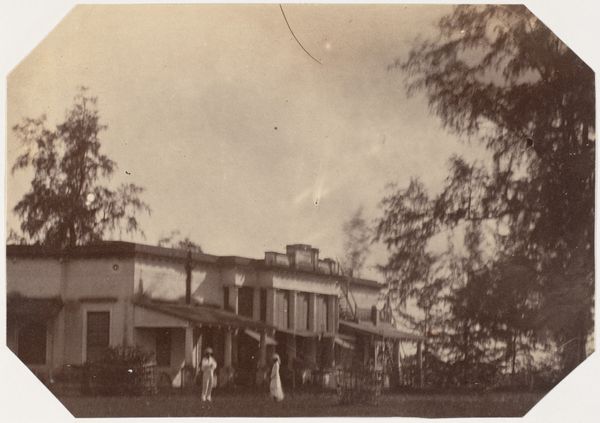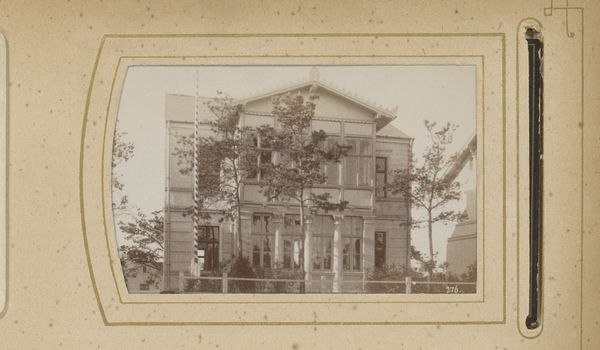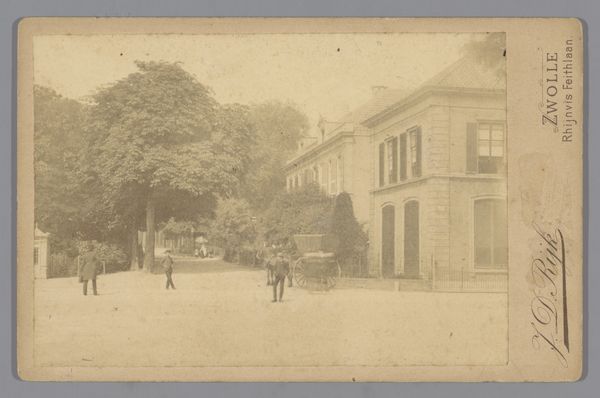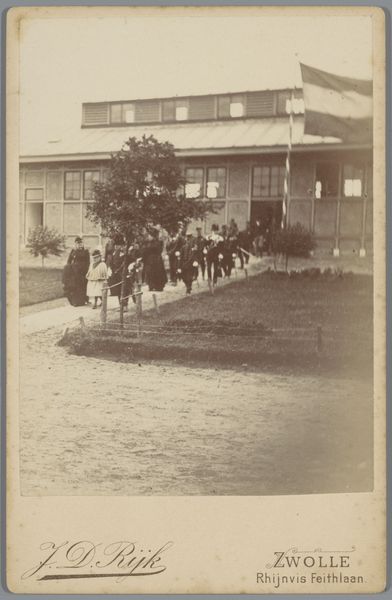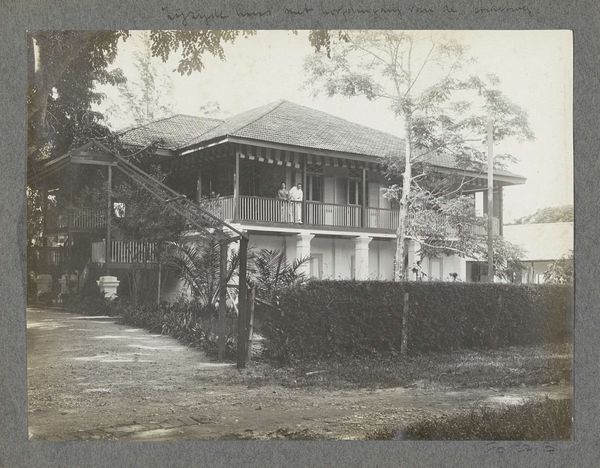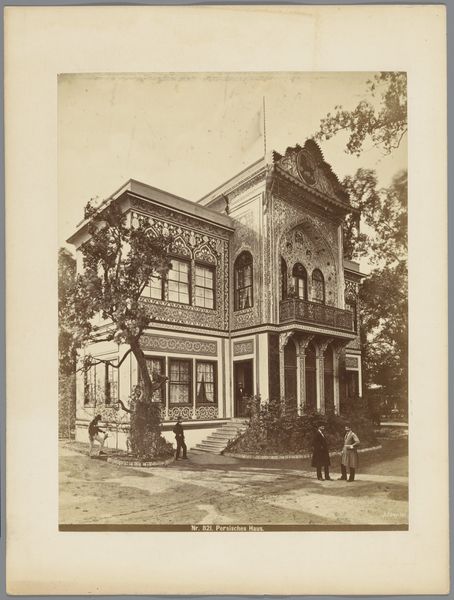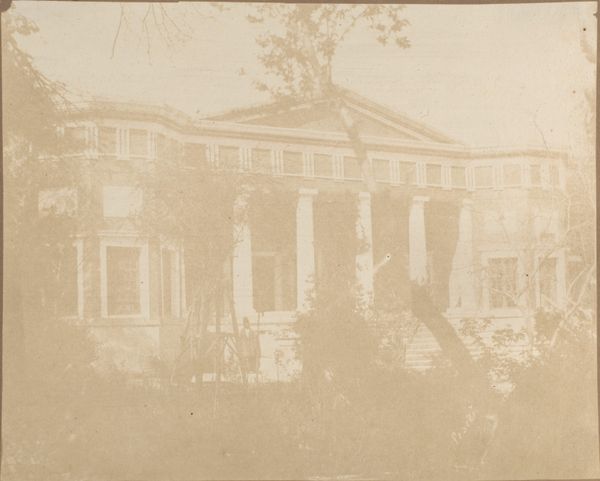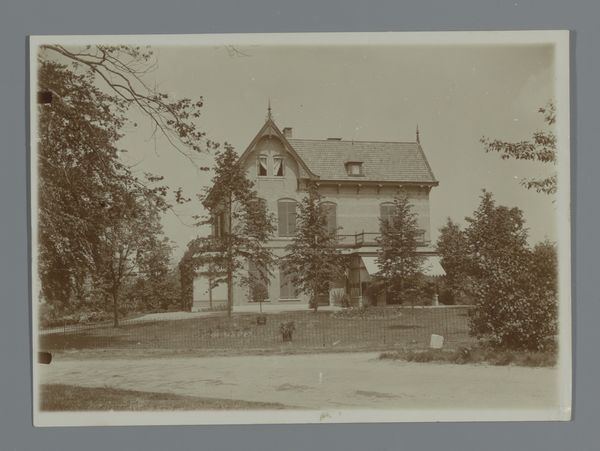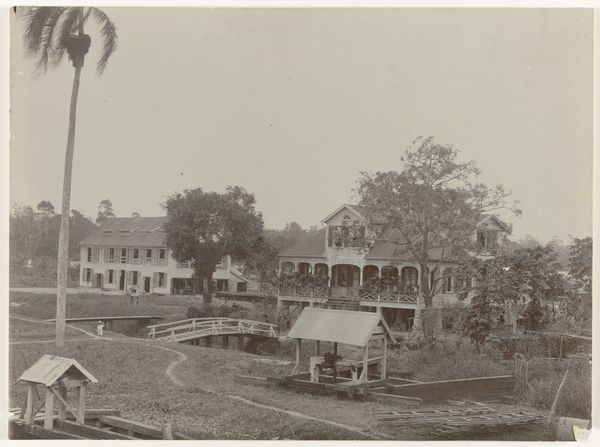
print, photography, gelatin-silver-print
#
portrait
#
pictorialism
# print
#
landscape
#
photography
#
group-portraits
#
gelatin-silver-print
#
cityscape
Dimensions: height 108 mm, width 168 mm
Copyright: Rijks Museum: Open Domain
Editor: So, this gelatin silver print is titled *Gezicht op vakantiewoningen te Zandvoort*, which translates to "View of Holiday Homes in Zandvoort," attributed to Anthonie Bakels, dating somewhere between 1880 and 1940. It has this hazy, dreamlike quality, almost like looking into the past. What captures your attention in this photograph? Curator: It's a fascinating document of the burgeoning leisure culture. Zandvoort, like many coastal towns, transformed from a fishing village to a resort destination in the late 19th century. Notice the architectural style of the holiday homes, particularly the balconies. They suggest a deliberate construction for public viewing, a performance of leisure itself. Editor: Performance, that's an interesting word choice! In what way? Curator: Think about it: vacationing becomes a spectacle, not just for the individual, but for society. People wanted to be seen enjoying their leisure time, demonstrating their social status and newfound access to these recreational spaces. This photograph, in its careful composition, seems to reinforce that dynamic, doesn't it? We are positioned as viewers *of* these vacationers. Editor: I hadn't thought about the act of vacationing being a performance. Does the photographic style of the time—this sort of staged, slightly blurred image—play into that at all? Curator: Absolutely. Pictorialism, evident in the soft focus, aimed to elevate photography to the level of art. This striving for artistic legitimacy parallels the bourgeois aspiration to elevate leisure activities as socially valuable. The image, through its artistic presentation, legitimizes and even romanticizes this new social order. What do you make of the positioning of people in the frame? Editor: Well, they’re certainly not candid snapshots. Everyone is very posed. It almost feels a bit…contrived. Curator: Precisely. The photo offers us not just a glimpse into the architecture of vacation homes, but into the architecture of leisure itself, and how the camera participated in shaping its public image. I appreciate your fresh insight! Editor: It definitely makes me think about the relationship between leisure and social status in a completely different way. Thanks for pointing that out!
Comments
No comments
Be the first to comment and join the conversation on the ultimate creative platform.
